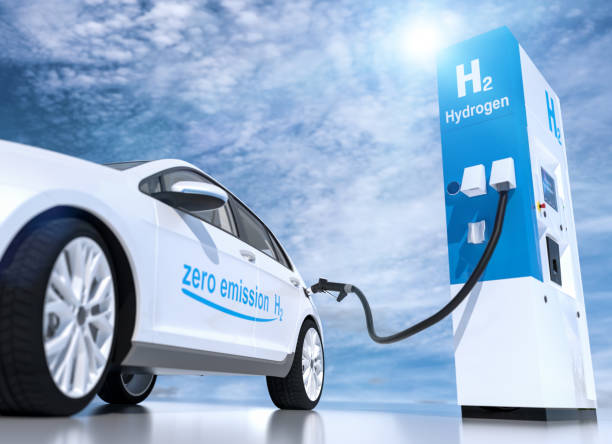Pre-trip inspections you can perform before a long journey
Before setting out on a long journey, a focused pre-trip inspection reduces the likelihood of breakdowns and improves comfort and efficiency. This brief guide outlines practical checks you can perform on most vehicles, including electric models, to address maintenance, safety, fuel and charging, and basic diagnostics so you travel with greater confidence.

Before a long trip, a systematic inspection helps identify common issues that can lead to delays, higher costs, or unsafe conditions. A pre-trip check does not replace regular servicing but complements it by catching items that develop between appointments. This article breaks down practical checks you can do at home or at a service stop to address maintenance priorities for combustion and electric vehicles.
Routine maintenance checklist
A quick maintenance sweep checks fluid levels, lights, and visible wear. Inspect engine oil, coolant, windshield washer fluid and transmission fluid where applicable. Verify that all exterior lights—headlights, taillights, turn signals and brake lights—operate correctly. Replace or top up fluids as needed and carry spare fuses and bulbs for simpler roadside fixes. Keep a basic tool kit, a jack, and jumper cables or a portable jump starter in your vehicle.
Engine and diagnostics
Listen and look for signs of engine trouble before a long drive. Check for unusual noises, leaks, or dashboard warning lights. If a check engine light is on, use an OBD-II reader for a basic diagnostics scan; many auto parts stores will perform a quick scan at no cost. Addressing codes related to emissions, misfires, or sensors can prevent reduced performance or stalling. If the vehicle has been due for scheduled servicing, consider completing that servicing before departing.
Tires, brakes and safety checks
Tires and brakes are critical for safe travel and can directly affect fuel efficiency. Inspect tire tread depth and look for cuts, bulges or uneven wear; ensure tires are inflated to the manufacturer’s recommended pressure. Check the spare tire and the tools needed to change a tire. Test brakes for firm pedal feel and listen for grinding or squealing noises. Confirm that windshield wipers are effective and that an emergency kit, reflective triangles and a first-aid kit are accessible.
Fuel, efficiency and fluids
Plan fuel stops and pack essentials to maintain fuel efficiency. For combustion vehicles, top off fuel and avoid running very low, which can strain the fuel pump. Check oil and coolant levels and look for leaks that could cause overheating. For long, steady driving, maintain recommended tire pressures to improve efficiency and reduce wear. Consider lightweight packing and balanced cargo distribution to minimize added fuel consumption.
Electric vehicles and charging considerations
For electric vehicles, pre-trip inspections focus on battery health, charging readiness and range planning. Verify the state of charge and recent charging history, and ensure portable charging cables and adapters are packed. Map charging stations along your route and confirm station compatibility and expected charging speeds. If your EV has a thermal management system, ensure coolant levels and software updates are current to maintain battery efficiency and longevity.
Telematics, insurance and resale impact
Review any telematics data or vehicle alerts before a long journey; fleet or personal telematics systems can highlight maintenance items or driving patterns that affect efficiency and safety. Keep insurance documents and roadside assistance information accessible. Document the vehicle condition before leaving—photos of key areas like tires and body panels can be useful for insurance or resale concerns after a long trip. Routine inspections and timely servicing contribute positively to resale value by creating a documented maintenance history.
Conclusion A careful pre-trip inspection reduces the risk of avoidable interruptions on long journeys and supports safety, fuel economy and vehicle longevity. Combining a visual and functional check of fluids, tires, brakes, lights, and diagnostics with planning for fuel or charging stops will help you travel with fewer surprises and maintain the vehicle’s condition over time.





